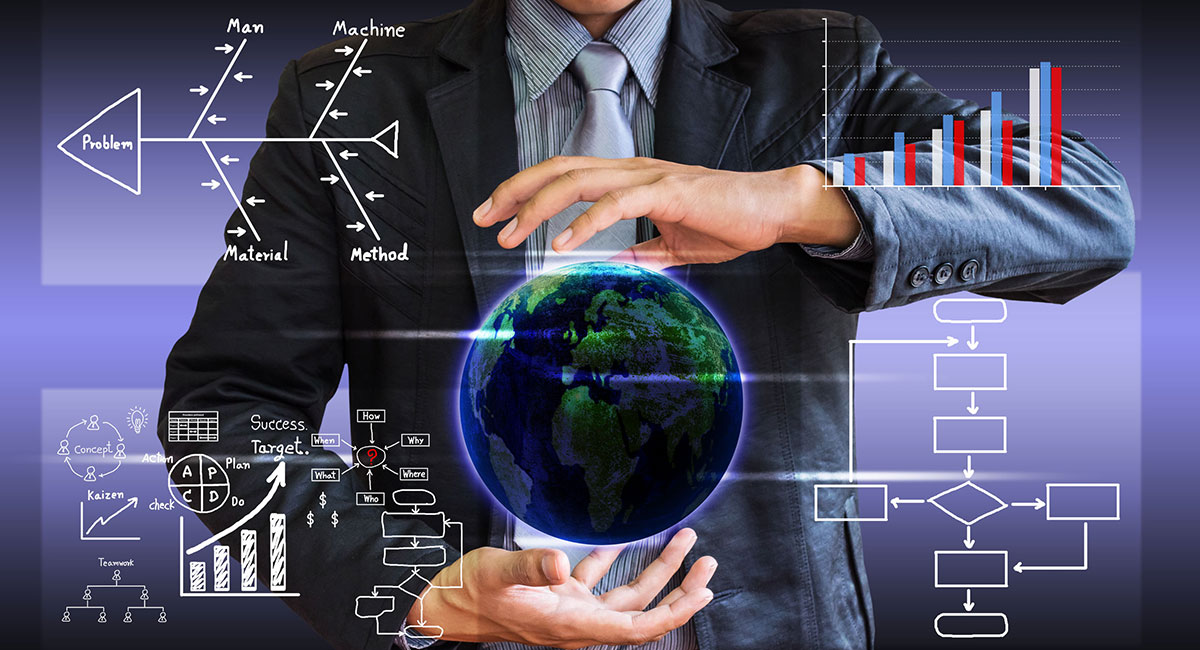The macro economy, like the global climate, is a complex system (highly nonlinear and buffeted by random shocks) that defies attempts to model it and predict its future path.
The challenge of estimating GDP, employment and the general levels of prices and interest rates—along with their directions, even in the near or medium terms—is daunting enough. The Biden administration, nevertheless, recently convened the first of a series of four workshops under the auspices of the National Academies of Sciences, Engineering and Medicine aimed at “incorporating Climate Into Macroeconomic Modeling.”
Errors of the past notwithstanding—few if any macroeconomists foresaw the Great Depression, the Great Recession, or any other economic crisis—the White House now wants to add even more complexity to macro models by accounting somehow for the market “frictions” supposedly created by climate change in economic forecasts.
The problem goes much deeper than model specification and estimation, however. Macroeconomic theory and practice are based on fiction—“science fiction,” as I’ve often characterized the entire field of study.
As Prof. Richard E. Wagner, my former colleague at George Mason University, has argued forcefully, macroeconomists erroneously treat macroeconomic aggregates, such as GDP, employment, the price level and interest rates, as explicit objects of choice by public policymakers. It is as if some politician or bureaucrat—or a group of them—decides what the output of final goods and services will be at any given time, how many people will be employed in producing that output, what general level of prices or interest rates will prevail, and so on.
Nothing could be further from the truth. Macroeconomic aggregates are emergent phenomena of market processes involving the interactions of hundreds of millions of buyers and sellers, each making decisions grounded in their own local knowledge and the special, idiosyncratic circumstances of time and place. The data from which macro variables are computed after the fact are generated from the bottom up, not the top down.
Moreover, public policymakers do not choose in the same ways that individual consumers and producers do in the market. Market processes by and large allow economic actors to capture the benefits—and force them to bear the costs—of their own decisions personally, thereby creating strong incentives to economize, deploying scarce resources to their highest valued uses, catering to customers’ wants and continuously innovating. Such incentives are much weaker in the public sector because the benefits and costs of collective decision-making are shared. Politicians and bureaucrats spend other people’s money rather than their own.
Climate change, which has been underway throughout Earth’s history, originally evolved on a geological time scale, not a human one. Climate modeling remains in its infancy in part because of the inability to predict global cloud coverages. How are macroeconomic modelers to deal with that?
Those modelers similarly are confounded by unanticipated changes in public policy. Government intervention itself has a major, mostly negative, impact on the macroeconomy.
One group of public health experts (the signers of the Great Barrington Declaration) warned of the disastrous economic consequences of a prolonged shutdown of society during the COVID-19 pandemic. But no matter how sophisticated the techniques may be, macro modelers can account for policy changes only after they’ve happened. A veritable cottage industry aimed at understanding the macro effects of specific COVID-19-related public policies is active at the state, regional and national levels; we can perhaps learn something about the magnitudes of those effects ex-post, but they were not (and by definition could not be) prophesied.
Forecasting the path of the macroeconomy is fraught with errors caused by differences in assumptions about initial conditions, the variables included or excluded from the models, the precision with which the included variables are measured, the models’ specifications, and estimating techniques. No one should expect the shoehorning of poorly understood climate change into these analyses to improve predictions of the economy’s future path.
Even if it did, however, no politician would be interested in putting the economy on an optimal trajectory. The vote motive—the drive for election or reelection to office—is much more salient.











